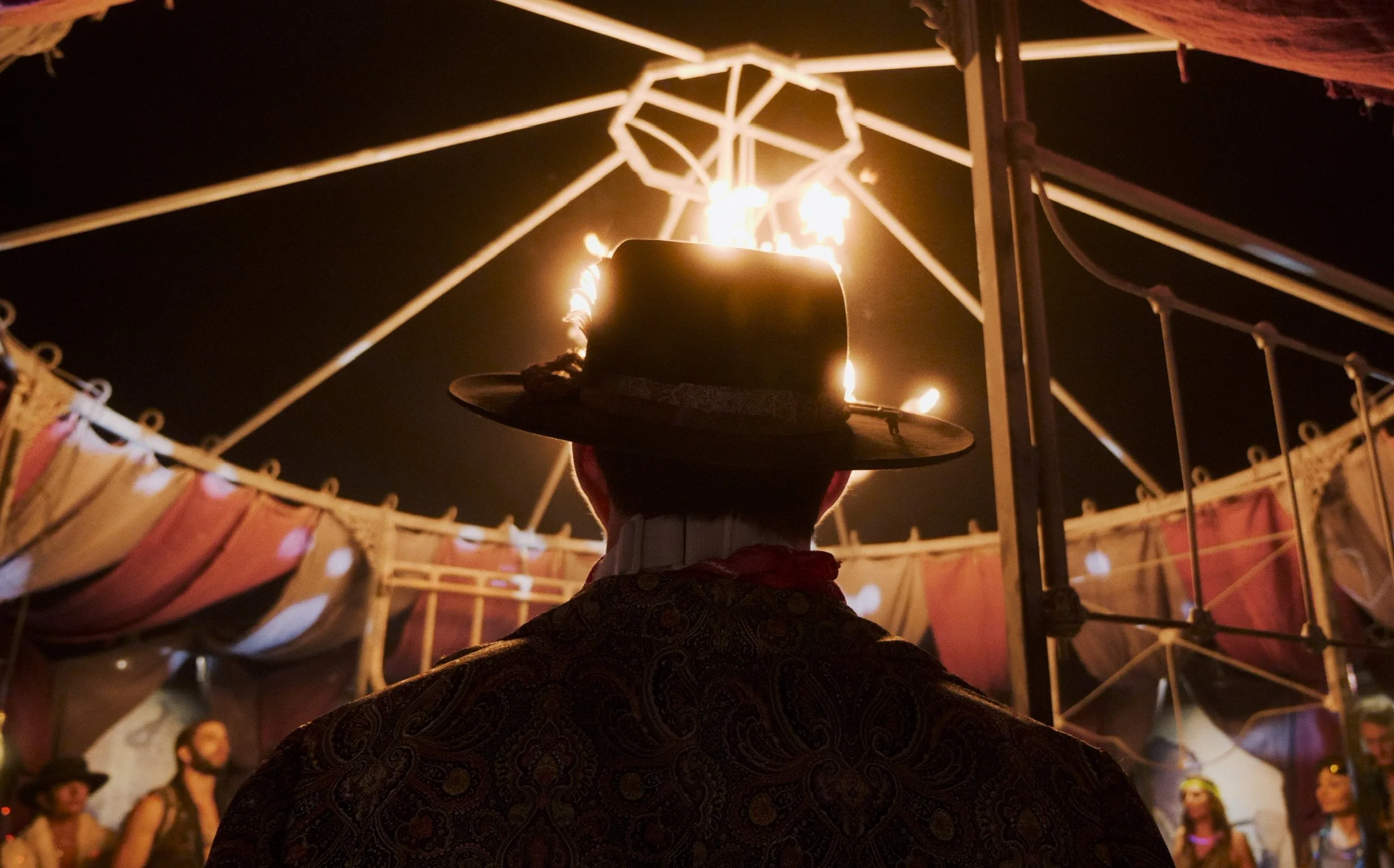The Art of Film Editing: Unsung Heroes of Hollywood
In the glitz and glamour of Hollywood, where actors and directors often take center stage, it's easy to overlook the unsung heroes behind the scenes—the film editors. Yet, these skilled craftsmen and women play a vital role in shaping the cinematic experience, turning hours of raw footage into cohesive and compelling narratives. In this blog post, we'll delve into the art of film editing, exploring the crucial role it plays in the filmmaking process and shining a spotlight on the unsung heroes of Hollywood.
The Invisible Art
Film editing is often referred to as the "invisible art" because when done seamlessly, it goes unnoticed by the audience. Yet, it is precisely this invisibility that makes editing so powerful. A well-edited film transports viewers into the world of the story, guiding their emotions and shaping their perceptions without drawing attention to itself. From the pacing of a scene to the juxtaposition of shots, every decision made by the editor contributes to the overall impact of the film.
Crafting the Narrative
At its core, film editing is about storytelling. Editors work closely with directors and producers to craft the narrative arc of a film, deciding which shots to include, how long to hold them, and the order in which they appear. Through the careful manipulation of time and space, editors can evoke a wide range of emotions—from tension and excitement to joy and sadness. They are the architects of the cinematic experience, shaping the audience's journey from beginning to end.
The Evolution of Editing Techniques
The art of film editing has evolved significantly since the early days of cinema. In the silent era, editing was relatively straightforward, with editors cutting and splicing physical film reels by hand. However, with the advent of digital technology, editors gained unprecedented flexibility and control over the editing process. Non-linear editing systems like Avid and Adobe Premiere revolutionized the industry, allowing editors to easily rearrange and manipulate footage with precision and ease.
Unsung Heroes of Hollywood
Despite the crucial role they play in the filmmaking process, film editors often remain in the shadows, overshadowed by the stars on screen and the directors behind the camera. Yet, their contributions are invaluable, shaping the final product in ways that are both subtle and profound. From the legendary collaborations between directors like Martin Scorsese and Thelma Schoonmaker to the innovative work of contemporary editors like Lee Smith and Sally Menke, the artistry of film editing deserves to be celebrated and recognized.
Challenges and Rewards
Editing a film is no easy task. It requires patience, creativity, and a keen understanding of storytelling principles. Editors must sift through hours of footage, making countless decisions along the way about what to include and what to leave on the cutting room floor. They must also navigate the sometimes-complicated dynamics of the filmmaking process, collaborating with directors, producers, and other members of the creative team to bring their vision to life. Yet, despite the challenges, the rewards of a well-edited film are immeasurable, with editors playing a crucial role in bringing the director's vision to fruition.
Conclusion
The art of film editing is a truly remarkable and often under appreciated aspect of the filmmaking process. From the silent era to the digital age, editors have been the unsung heroes of Hollywood, shaping the stories we love and the way we experience cinema. As we celebrate the stars on screen and the directors behind the camera, let us not forget to shine a spotlight on the talented editors who work tirelessly behind the scenes to bring those stories to life. Their skill, creativity, and dedication deserve to be recognized and celebrated as an integral part of the magic of cinema.

